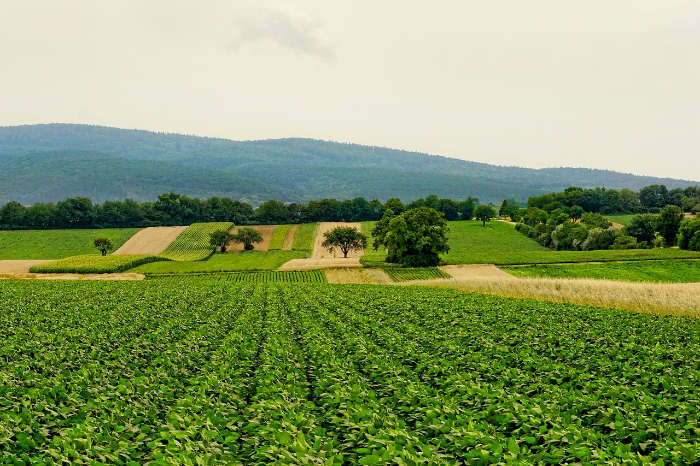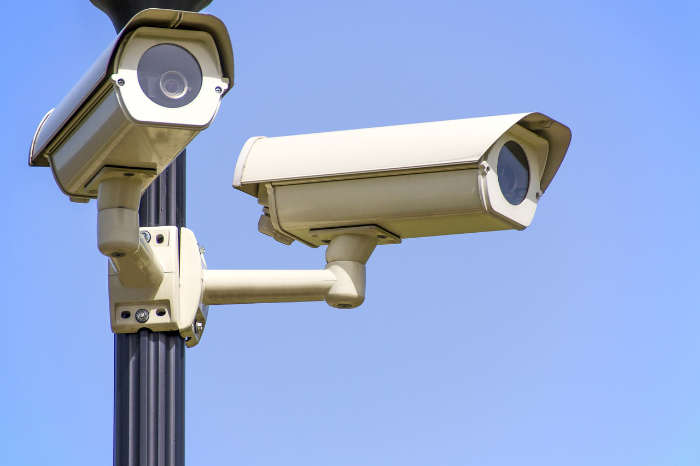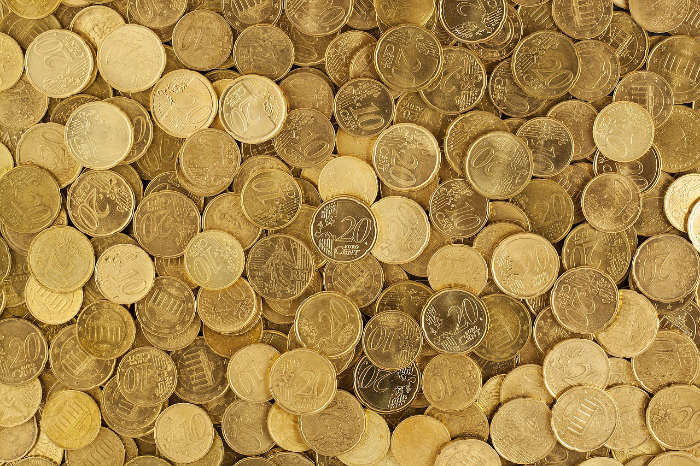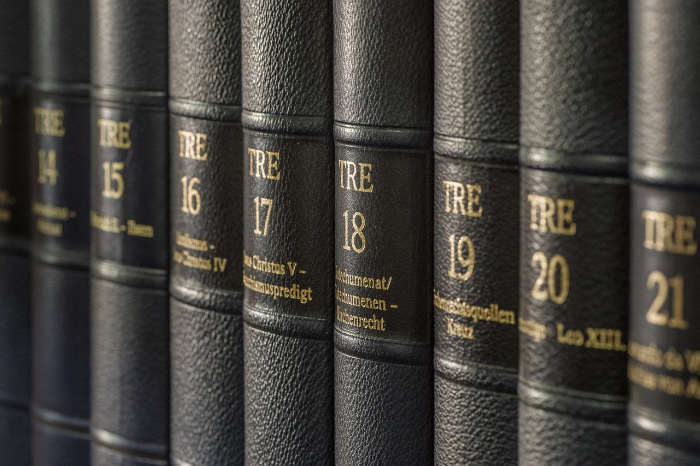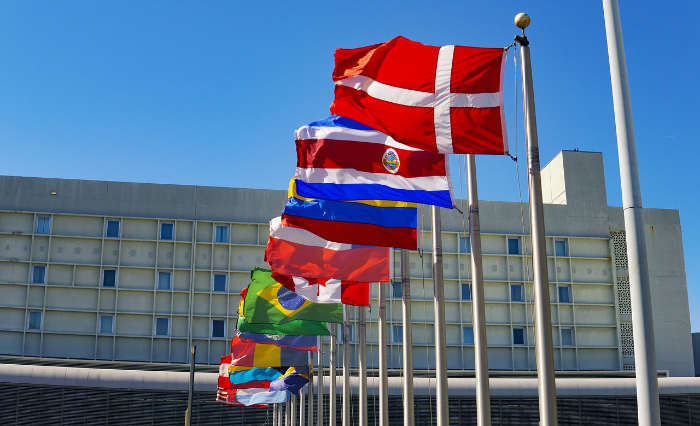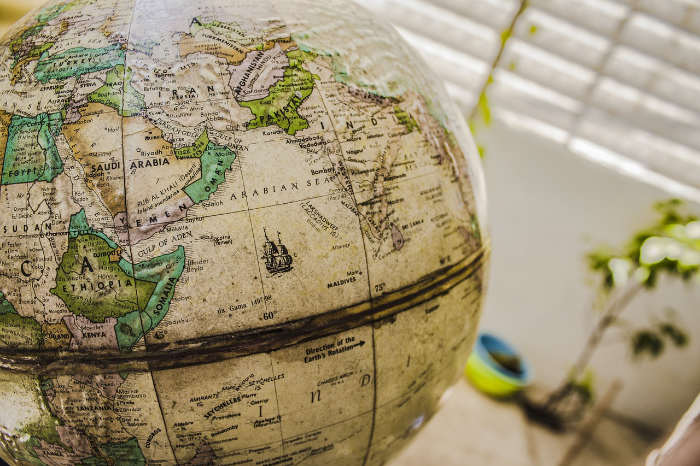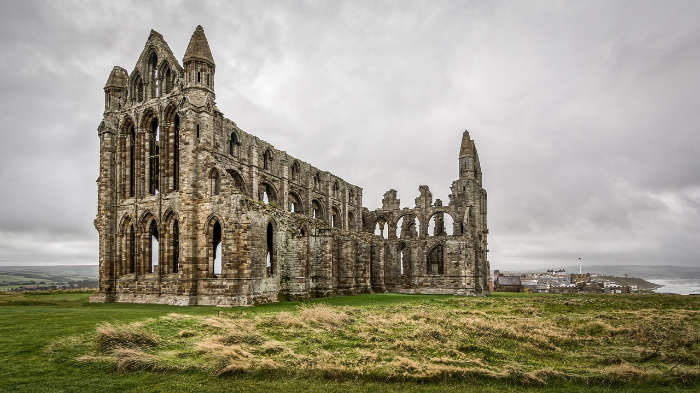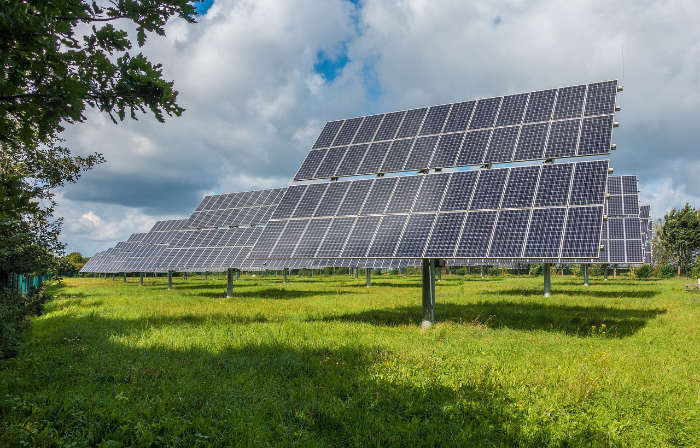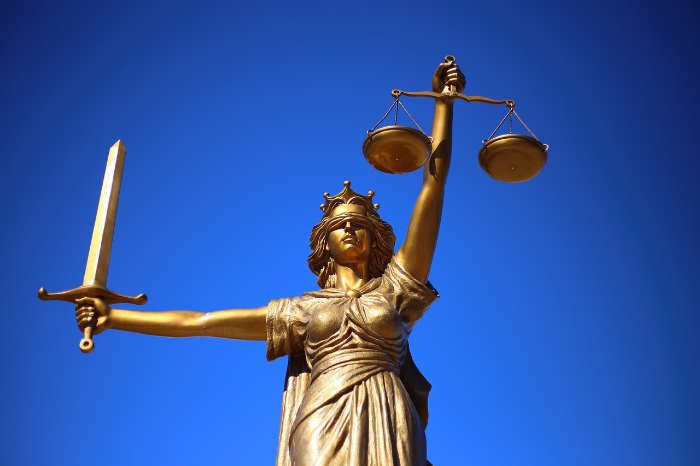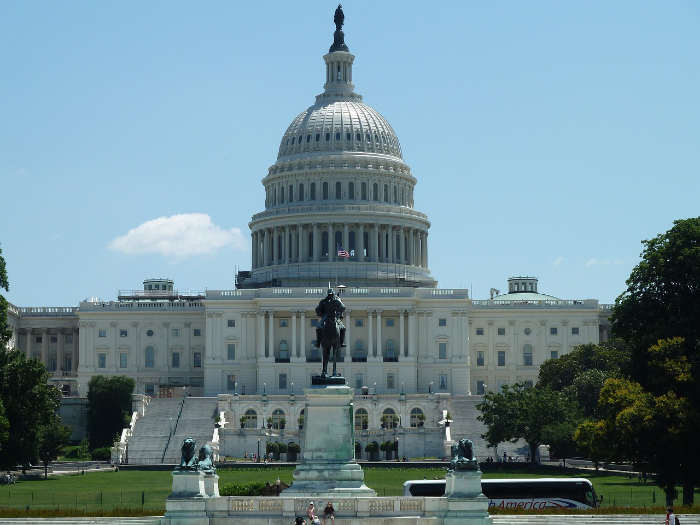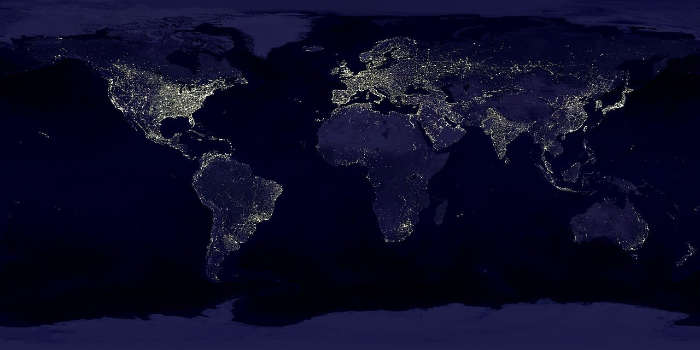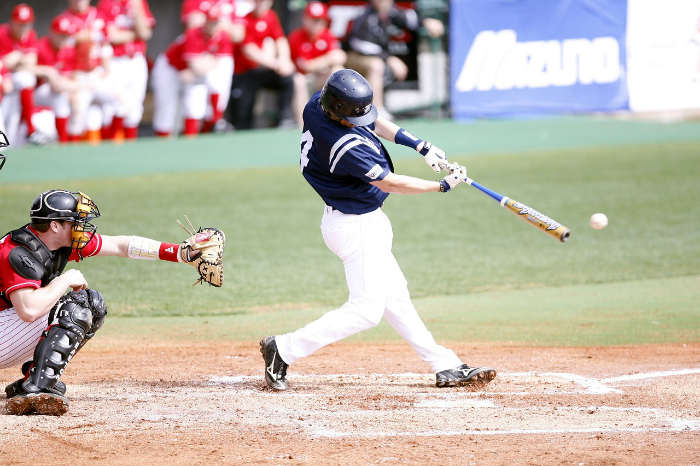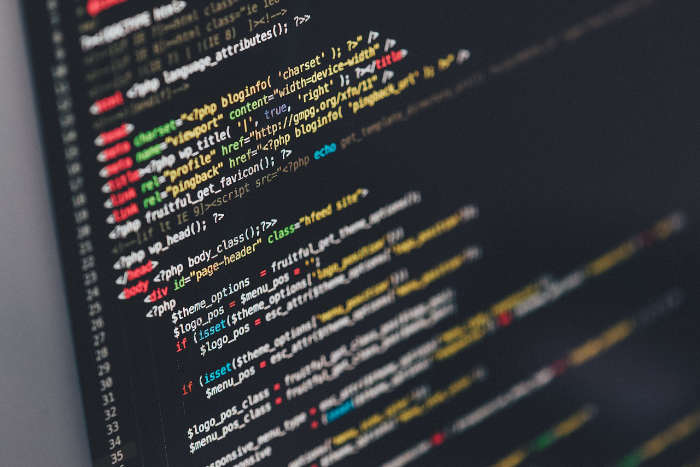Countries with Presidents 2025

Assembly-independent republic
Full presidential
Military junta
One-party state
Parliamentary republic
Provisional government
Semi-presidential
Theocratic republic
Governmental System
Country | Governmental System↓ | |
|---|---|---|
| India | Parliamentary republic | |
| Pakistan | Parliamentary republic | |
| Ethiopia | Parliamentary republic | |
| Germany | Parliamentary republic | |
| South Africa | Parliamentary republic | |
| Italy | Parliamentary republic | |
| Iraq | Parliamentary republic | |
| Nepal | Parliamentary republic | |
| Somalia | Parliamentary republic | |
| Czechia | Parliamentary republic | |
| Greece | Parliamentary republic | |
| Togo | Parliamentary republic | |
| Hungary | Parliamentary republic | |
| Israel | Parliamentary republic | |
| Bulgaria | Parliamentary republic | |
| Serbia | Parliamentary republic | |
| Singapore | Parliamentary republic | |
| Lebanon | Parliamentary republic | |
| Finland | Parliamentary republic | |
| Slovakia | Parliamentary republic | |
| Ireland | Parliamentary republic | |
| Croatia | Parliamentary republic | |
| Georgia | Parliamentary republic | |
| Bosnia and Herzegovina | Parliamentary republic | |
| Moldova | Parliamentary republic | |
| Armenia | Parliamentary republic | |
| Albania | Parliamentary republic | |
| Botswana | Parliamentary republic | |
| Slovenia | Parliamentary republic | |
| Latvia | Parliamentary republic | |
| North Macedonia | Parliamentary republic | |
| Trinidad and Tobago | Parliamentary republic | |
| Estonia | Parliamentary republic | |
| Mauritius | Parliamentary republic | |
| Fiji | Parliamentary republic | |
| Guyana | Parliamentary republic | |
| Suriname | Parliamentary republic | |
| Montenegro | Parliamentary republic | |
| Malta | Parliamentary republic | |
| Iceland | Parliamentary republic | |
| Vanuatu | Parliamentary republic | |
| Kiribati | Parliamentary republic | |
| Dominica | Parliamentary republic | |
| Marshall Islands | Parliamentary republic | |
| Nauru | Parliamentary republic | |
| Switzerland | Assembly-independent republic | |
| Micronesia | Assembly-independent republic | |
| Bangladesh | Semi-presidential | |
| Russia | Semi-presidential | |
| Egypt | Semi-presidential | |
| DR Congo | Semi-presidential | |
| France | Semi-presidential | |
| Algeria | Semi-presidential | |
| Ukraine | Semi-presidential | |
| Poland | Semi-presidential | |
| Uzbekistan | Semi-presidential | |
| Mozambique | Semi-presidential | |
| Peru | Semi-presidential | |
| Madagascar | Semi-presidential | |
| Ivory Coast | Semi-presidential | |
| Cameroon | Semi-presidential | |
| Sri Lanka | Semi-presidential | |
| Taiwan | Semi-presidential | |
| Chad | Semi-presidential | |
| Kazakhstan | Semi-presidential | |
| Romania | Semi-presidential | |
| Burundi | Semi-presidential | |
| Portugal | Semi-presidential | |
| Azerbaijan | Semi-presidential | |
| Austria | Semi-presidential | |
| Belarus | Semi-presidential | |
| Republic of the Congo | Semi-presidential | |
| Central African Republic | Semi-presidential | |
| Mauritania | Semi-presidential | |
| Mongolia | Semi-presidential | |
| Namibia | Semi-presidential | |
| Lithuania | Semi-presidential | |
| Guinea-Bissau | Semi-presidential | |
| Equatorial Guinea | Semi-presidential | |
| Timor-Leste | Semi-presidential | |
| Djibouti | Semi-presidential | |
| Cape Verde | Semi-presidential | |
| Barbados | Semi-presidential | |
| United States | Full presidential | |
| Indonesia | Full presidential | |
| Nigeria | Full presidential | |
| Brazil | Full presidential | |
| Mexico | Full presidential | |
| Philippines | Full presidential | |
| Turkey | Full presidential | |
| Tanzania | Full presidential | |
| Kenya | Full presidential | |
| Colombia | Full presidential | |
| South Korea | Full presidential | |
| Uganda | Full presidential | |
| Argentina | Full presidential | |
| Angola | Full presidential | |
| Ghana | Full presidential | |
| Venezuela | Full presidential | |
| Malawi | Full presidential | |
| Zambia | Full presidential | |
| Chile | Full presidential | |
| Senegal | Full presidential | |
| Guatemala | Full presidential | |
| Ecuador | Full presidential | |
| Zimbabwe | Full presidential | |
| Benin | Full presidential | |
| Rwanda | Full presidential | |
| Bolivia | Full presidential | |
| Tunisia | Full presidential | |
| Dominican Republic | Full presidential | |
| Honduras | Full presidential | |
| Tajikistan | Full presidential | |
| Sierra Leone | Full presidential | |
| Turkmenistan | Full presidential | |
| Kyrgyzstan | Full presidential | |
| Paraguay | Full presidential | |
| Nicaragua | Full presidential | |
| El Salvador | Full presidential | |
| Liberia | Full presidential | |
| Costa Rica | Full presidential | |
| Panama | Full presidential | |
| Uruguay | Full presidential | |
| Gambia | Full presidential | |
| Cyprus | Full presidential | |
| Comoros | Full presidential | |
| Maldives | Full presidential | |
| Seychelles | Full presidential | |
| Palau | Full presidential | |
| Syria | Provisional government | |
| Haiti | Provisional government | |
| Palestine | Provisional government | |
| Iran | Theocratic republic | |
| China | One-party state | |
| Vietnam | One-party state | |
| Cuba | One-party state | |
| Laos | One-party state | |
| Eritrea | One-party state | |
| Myanmar | Military junta | |
| Niger | Military junta | |
| Mali | Military junta | |
| Burkina Faso | Military junta | |
| Guinea | Military junta | |
| Gabon | Military junta |
- Listed below are all the countries with presidents. However, not all of them have a Presidential System. Each country’s system of government is also specified in the sheet.
- Full Presidential Systems: The president holds executive authority and serves as both head of state and head of government. If a prime minister exists, they have less power and primarily assist the president.
- Semi-Presidential Systems: The president is head of state. Another person serves as head of government, usually wih the title of Prime Minister, with varying degrees of power.
- Parliamentary Republics with Presidency: The president is the head of state but the role is largely ceremonial. However, in some cases, the president is also the head of the government and has significant power in that role.
- Military Junta: A government led by military officers that often usurps the authority of an elected president, typically through a coup d’état, resulting in authoritarian rule. Military juntas, even if they have a president, are transitional in nature. Such governments are considered provisional rather than permanent republics.
- One-Party State: A political system in which a single political party monopolizes power and control over the government, often suppressing opposition parties and sidelining democratic processes. They may have a president, but he/she may not represent a diverse range of political voices.
With the exception of monarchies and military regimes, the majority of the world’s governments fall into one of three categories: presidential, semi-presidential, or parliamentary systems. In a presidential system of government, a head of state (usually given the title of president) is the head of an executive branch and serves as a check on the power of the legislative branch (such as congress or parliament). The president is frequently also the head of government (the legislative branch) and is always elected by the people, usually via an intermediary such as the electoral college.
That said, the title “president” is not necessarily always used in conjunction with a presidential or semi-presidential system of government. Countries may utilize a presidential or semi-presidential system but call their head of state by another title. Many parliamentary countries call their head of state a president, though the role functions very differently than in a presidential or semi-presidential system. Also, having a president does not in any way indicate that a country’s government is fairly elected or incorrupt. Dictators and leaders of one-party states also use the title, such as Nicaragua’s President Daniel Ortega and Russia’s President Vladimir Putin.
Top 10 Biggest Countries with Presidents (by population)
| Rank | Country | 2022 population | Notes |
|---|---|---|---|
| 1 | China | 1,448,471,400 | Socialist government is led by general secretary, who also holds office of president. |
| 2 | India | 1,406,631,776 | President has limited power. |
| 3 | United States | 334,805,269 | President has significant power. |
| 4 | Indonesia | 279,134,505 | President has significant power. |
| 5 | Pakistan | 229,488,994 | President has limited power. |
| 6 | Nigeria | 216,746,934 | President has significant power. |
| 7 | Brazil | 215,353,593 | President has significant power. |
| 8 | Bangladesh | 167,885,689 | President has limited power. |
| 9 | Russia | 145,805,947 | President also functions as supreme ruler of Russia. |
| 10 | Mexico | 131,562,772 | President has significant power. |
* For a full list of every country with a president, see the table further down this page.
Presidential Systems vs Parliamentary Systems
The presidential system has its origins in the United States Constitution of 1787, which created the office of the president as the head of state and was envisioned as an alternative to parliamentary and monarchical governments. Presidential systems are defined by a strong and distinct separation between the executive and legislative branches. Even in governments in which the president is both the head of state (the executive branch) and the head of government (the legislative branch)—which is the usual arrangement—the two branches are separated and equally empowered. This distributes and balances power fairly evenly, decreasing the likelihood that a single person or governmental body could obtain excessive power.
A parliamentary system distributes power differently. In a parliamentary system, the executive branch and its leader, the head of state—who is traditionally given the title of president—are largely ceremonial and wield minimal actual power. Instead, the power lies almost exclusively in the legislative branch and its leader, the head of government, who is typically given the title of prime minister.
Additional important differences between a presidential and parliamentary system are the methods used to select a new head of government, as well as those heads’ relation to the legislature. In a presidential system, the president is elected by the people (although usually indirectly), holds office for a fixed term, and cannot be removed by the legislature except in certain extreme circumstances.
Conversely, in the parliamentary system, the prime minister is typically chosen by the legislature and essentially works for that same legislature, which can remove the prime minister relatively easily if so desired. Similarly, rather than selecting a president through multiple rounds of public voting, the legislature typically either selects the president outright or selects the candidates for president, whom the people then choose between.
Presidential Systems vs Semi-presidential Systems
Finally, semi-presidential systems occupy the middle ground between presidential and parliamentary systems. In semi-presidential systems, an elected president serves as head of state and a prime minister serves as the head of the government, but the president (and by extension the executive branch) retains a high level of power. Semi-presidential systems are generally divided into two main types, labeled premier-presidential or president-parliamentary, depending upon whether the prime minister and cabinet are accountable to the legislative branch alone or to both the legislative and executive branches.
For example, France has a semi-presidential system that blends elements of both a parliamentary and a presidential system. The 1958 French constitution established a premiere-presidential system with both a president and a prime minister. The president is elected by the people and then appoints the prime minister and an advisory cabinet, but the French parliament must approve them and the president cannot dismiss them (although parliament can). The president has many powers, such as serving as the commander in chief of the military and appointing government officials, but has little political responsibility. Blame typically falls on the prime minister if policies go wrong.
Presidential and semi-presidential systems are more common in younger, more recently established governments. For example, nearly every country in the Americas uses the presidential system, as do many countries in Africa. However, the older governments of Europe and Asia rarely utilize presidential systems. Rather, countries in those regions tend to utilize parliamentary systems or monarchies.
Presidential Systems vs Semi-presidential Systems vs Parliamentary Systems
| Type of Government | Notes |
|---|---|
| Presidential | President is head of state. Executive branch is powerful. President is usually also head of government (legislative branch). May have prime minister (rare), but president is still head of both state and govt. Lead government role (president) is elected directly or indirectly by public. |
| Semi-presidential | President is head of state. Executive branch is powerful. Prime minister is head of government. President often appoints PM, but only legislature can approve or remove them. Lead government role (president) is elected directly or indirectly by public. |
| Parliamentary | Executive branch is largely powerless. Head of state role is largely ceremonial. Prime minister is head of government. Legislative branch holds most power. PM may also be head of state and may also be called president (somewhat confusingly). Lead government role (PM) is chosen by legislature, not by public. |
Sources
- List of countries by system of government - Wiki
- Democracy Index 2023 - EIU
- National Governments: Presidents and Prime Ministers - European Institute for Gender Equality
- Among democracies, U.S. stands out in how it chooses its head of state - Pew Research
- Presidental System - Wiki
- Presidental Systems - Encyclopedia.com
- List of current heads of state of government - Wiki
- Democracy Index 2022 - Economist Intelligence
